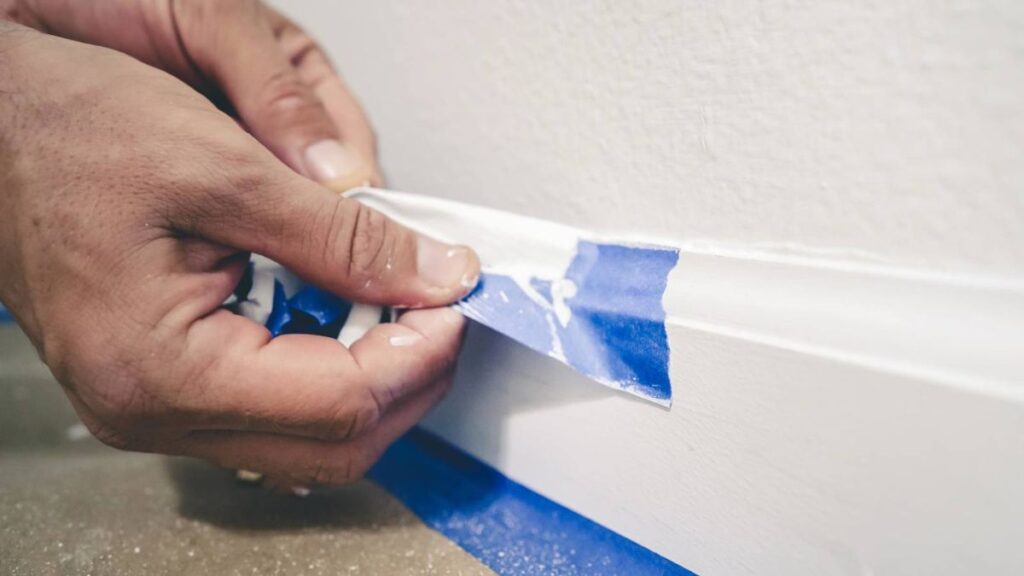Introduction to Adhesive Testing
Adhesive bonding is integral to modern manufacturing, construction, and packaging, serving as the backbone for product integrity across diverse sectors. The effectiveness of adhesives impacts everything from the lightweight design of cars and aircraft to the protective sealing of food and pharmaceutical packages. Whether for automotive assembly, electronic device housings, or consumer products like footwear and appliances, selecting the right adhesive ensures that components remain secure, even under various stresses and throughout the product’s lifecycle. Companies are tasked with safeguarding product quality and safety, so they rely on rigorous evaluation of adhesive performance through standardized test methods such as peel strength, shear, and tensile testing. To make the best choice in adhesive solutions, integrating specialized equipment—such as hot melt adhesive equipment—plays a vital role in achieving uniform application and consistent bonding strength. This is particularly important for operations running at high speeds or requiring automated processes, where inconsistent adhesive application could result in widespread product defects or inefficiencies. These test methods yield actionable data, guiding engineers and quality control experts in pairing adhesives with specific applications.
Peel Strength Testing
Peel strength testing measures the force needed to separate two bonded surfaces by peeling them apart along a defined angle. This metric is especially critical for applications like protective films, labels, tapes, and laminates—products frequently exposed to concentrated peeling or stripping forces during use or handling. A well-characterized peel strength allows manufacturers to predict how a bond will behave under real-world opening, removal, or quick-release conditions, essential for ensuring end-user satisfaction and safety.
- 90° Peel Test: This test involves peeling the flexible substrate away from the rigid substrate at a 90-degree angle, often using controlled laboratory instruments to ensure repeatability. It’s highly relevant for quality assurance in packaging labels, insulation layers, or when adhesives join dissimilar materials that may flex or bend during use or transit.
- 180° Peel Test: Used when both substrates are flexible, this test evaluates bonds in items such as duct tape, specialty medical dressings, or foil liners, with the materials pulled back directly on themselves at a 180-degree angle.
Both tests are fundamental for ensuring adhesives operate reliably in scenarios where accidental or sustained peeling might compromise a product’s performance or usefulness. Peel testing results empower manufacturers to address failure points before mass production, enabling proactive design modifications, quality improvements, or tailored adhesive selection for specialized needs.
Shear Strength Testing
Shear strength testing determines how well an adhesive resists forces that act parallel to the bonded surface, instead of lifting or peeling. Most structural adhesives encounter shear forces in service—consider automotive body panels, structural glazing in architectural glass, electronic assemblies, or even furniture joints, where force must be absorbed and distributed along the adhesive layer under sustained or sudden loads. The durability and reliability of the entire assembly may hinge on the adhesive’s performance in shear.
In these tests, the adhesive is loaded until it fails by sliding, revealing its maximum shear strength under prescribed conditions. High-performance adhesives, particularly those specified for critical aerospace and automotive applications, must consistently pass stringent shear tests to ensure occupant safety, environmental resistance, and long-lasting product durability. The data from these tests serve as benchmarks for internal quality standards, regulatory requirements, and even customer-specific certifications.
Tensile Strength Testing
Tensile strength tests evaluate an adhesive’s capacity to withstand stretching or pulling forces before the bond fails. This measurement is essential for applications where two parts are pulled directly apart, such as certain plastic components, medical devices, electronic connectors, or load-bearing construction panels. A high tensile strength ensures that the adhesive joint can resist static loads and dynamic conditions like vibrations and shocks often encountered during transportation or use.
During a tensile test, the bonded assembly is pulled in opposing directions, typically using a universal testing machine that records the force required to separate the bond. The value at which the joint fails is documented as the tensile strength and can indicate several factors, including the adequacy of surface preparation, the presence of flaws, or the suitability of the adhesive chemistry for the specific job.
Factors Influencing Adhesive Performance
Several variables can significantly impact the effectiveness and reliability of adhesives during real-world use:
- Substrate Material: The compatibility between adhesive and substrate determines bond strength and resistance to failure. Factors such as material porosity, surface energy, chemical composition, or flexibility all affect how well the adhesive can interact and bond on a microscopic level.
- Surface Preparation: Insufficient cleaning or preparation may lead to contaminants like dust, oils, or residues that weaken bond integrity. Methods such as abrasion, chemical treatments, or primers may be necessary to maximize adhesion.
- Environmental Conditions: Fluctuations in temperature, exposure to chemicals, moisture, or UV radiation can reduce adhesive performance over time by causing degradation, brittleness, or loss of flexibility. Testing adhesives under simulated end-use environments provides valuable insight into potential long-term failures and informs preventive measures.
Attention to these details is crucial for ensuring long-term reliability in the finished product. Understanding the interaction between adhesive chemistry and operating environment underpins effective product design and process control, reducing the risk of unexpected breakdowns.
Final Thoughts
Adhesive testing methods—specifically peel strength, shear, and tensile tests—are essential for verifying that adhesives will perform as needed within a given application. Robust testing enables manufacturers to make informed decisions regarding material selection, surface preparation, application technique, and anticipated service conditions. Manufacturers can confidently produce solutions that meet rigorous quality standards by incorporating reliable testing data and attention to factors like substrate choice, preparation, and environmental exposure. This thorough approach to adhesive selection and evaluation prevents product failure and supports business growth by cultivating customer trust and satisfaction, enabling long-term success in competitive markets.






